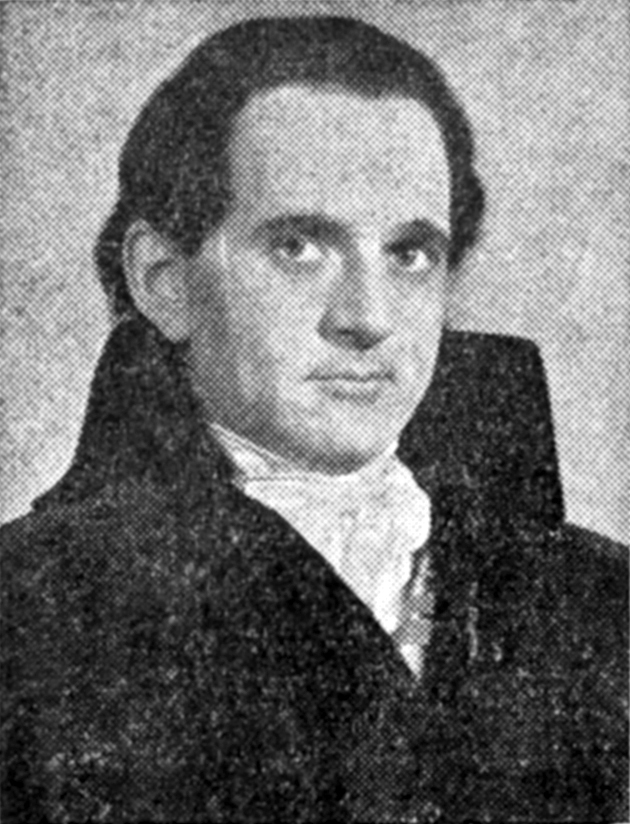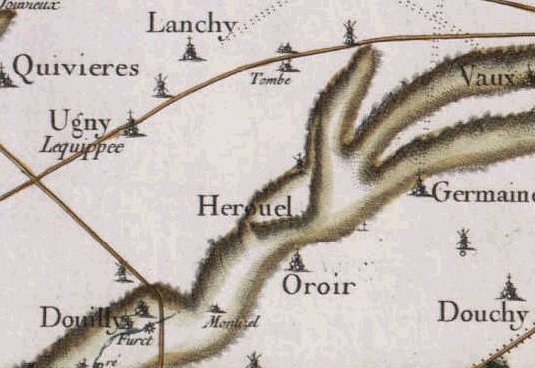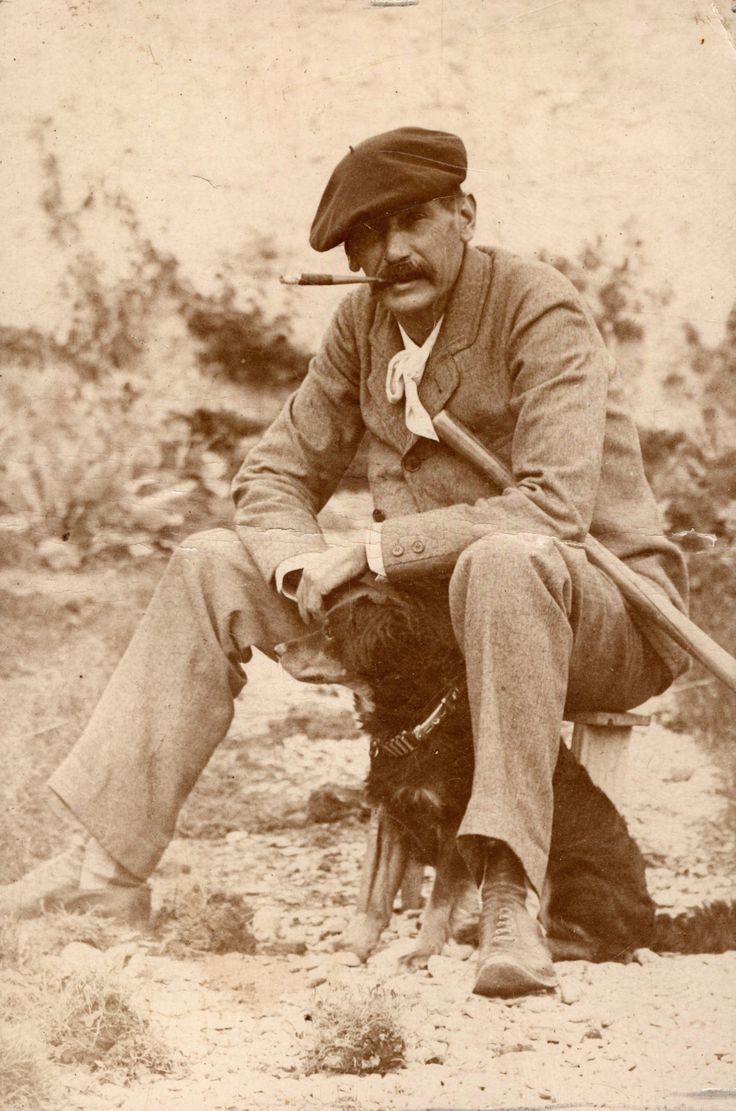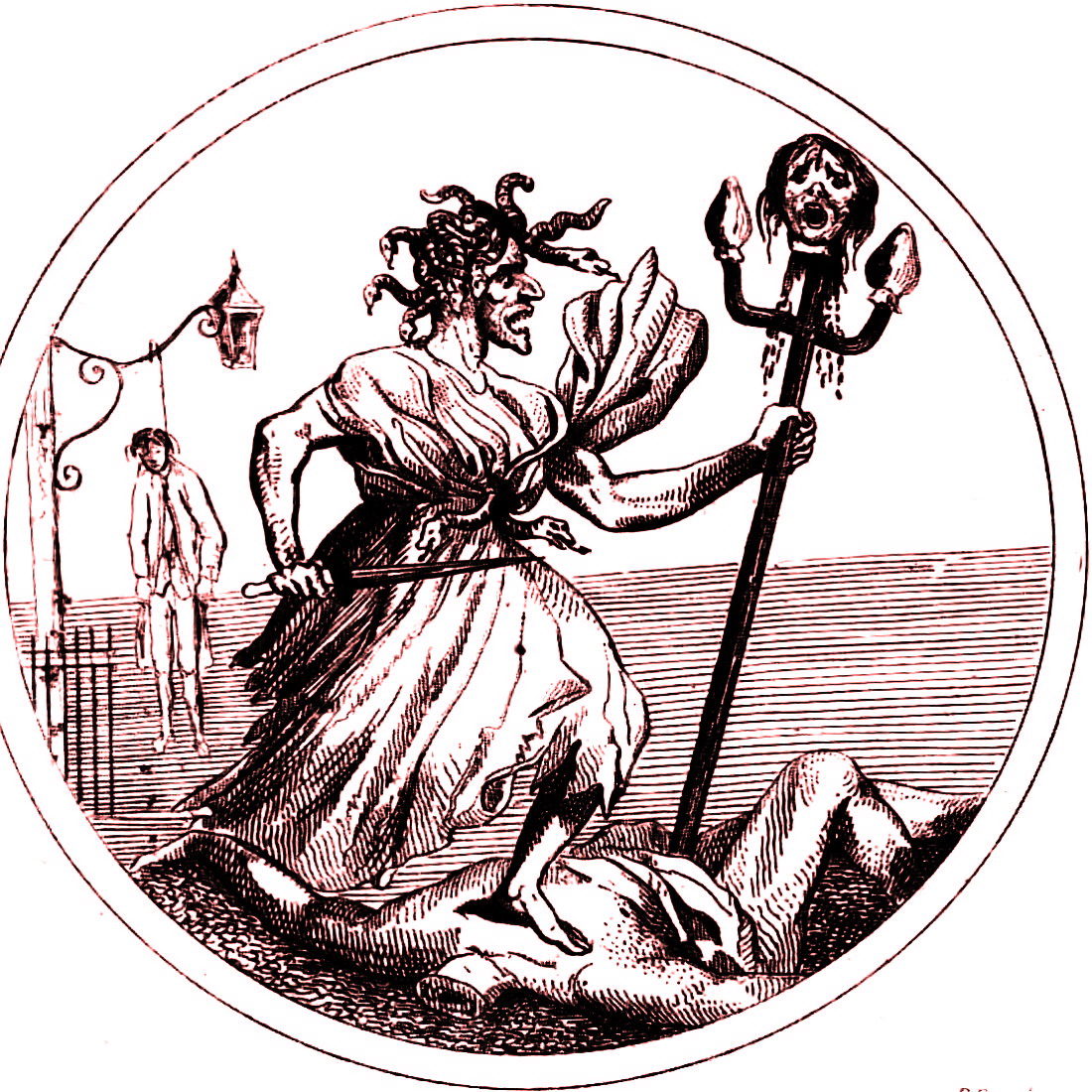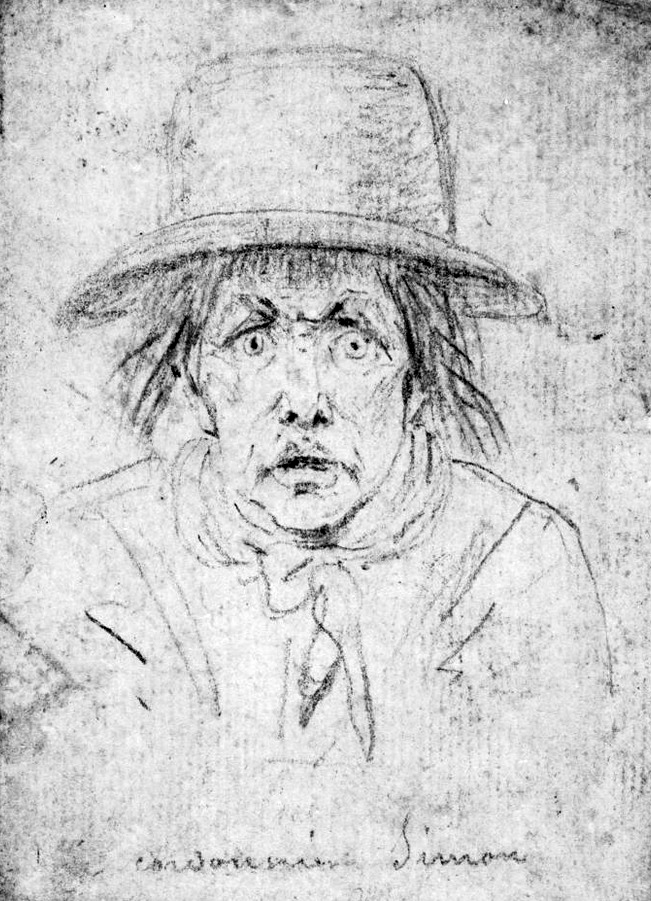|
Danton's Death
''Danton's Death'' (''Dantons Tod'') was the first play written by Georg Büchner, set during the French Revolution. History Georg Büchner wrote his works in the period between Romanticism and Literary realism, Realism in the so-called Vormärz era in German history and literature (1815/1830-1848). The goal of the politically liberal poets of this period was that literature of a sham existence would again become an effective organ for renewing political and social life. They were opposed to the Romantics and against the restoration of the old order from prior to the Napoleonic Wars. They fought against convention, feudalism and absolutism, campaigned for freedom of speech, the emancipation of the individual, including women and Jews, and for a democratic constitution. They created a trend-poetry and time-poetry – in other words, poetry that dealt with problems of the time and with a commitment to liberal political ideas. Other writers of this trend and period were Heinrich Hei ... [...More Info...] [...Related Items...] OR: [Wikipedia] [Google] [Baidu] |
Georg Büchner
Karl Georg Büchner (17 October 1813 – 19 February 1837) was a German dramatist and writer of poetry and prose, considered part of the Young Germany movement. He was also a revolutionary and the brother of physician and philosopher Ludwig Büchner. His literary achievements, though few in number, are generally held in great esteem in Germany and it is widely believed that, had it not been for his early death, he might have joined such central German literary figures as Johann Wolfgang von Goethe and Friedrich Schiller at the summit of their profession. Life and career Born in Riedstadt, Goddelau (now part of Riedstadt) in the Grand Duchy of Hesse as the son of a physician, Büchner attended the Darmstadt Gymnasium (school), gymnasium, a humanism, humanistic secondary school."Büchner, Georg." Garland, Henry and Mary (Eds.). ''The Oxford Companion to German Literature''. 2nd ed. Oxford: Oxford University Press, 1986. p. 121. In 1828, he became interested in politics and jo ... [...More Info...] [...Related Items...] OR: [Wikipedia] [Google] [Baidu] |
Antoine Quentin Fouquier-Tinville
Antoine Quentin Fouquier de Tinville (, 10 June 17467 May 1795), also called Fouquier-Tinville and nicknamed posthumously the Provider of the Guillotine was a French lawyer and accusateur public of the Revolutionary Tribunal during the French Revolution and Reign of Terror. From March 1793 he served as the "public prosecutor" in Paris, demanding the execution of numerous accused individuals, including famous ones, like Marie-Antoinette, Danton or Robespierre and overseeing the sentencing of over two thousand of them to the guillotine. In April 1794, it was decreed to centralise the investigation of court records and to bring all the political suspects in France to the Revolutionary Tribunal to Paris. Following the events of the 10th Thermidor, he was arrested early August. He was tried by the Revolutionary Tribunal as one of the major figures responsible for the excesses and injustices that marked the period of the Reign of Terror. During his trial, he defended himself by sta ... [...More Info...] [...Related Items...] OR: [Wikipedia] [Google] [Baidu] |
Napoleonic Wars
{{Infobox military conflict , conflict = Napoleonic Wars , partof = the French Revolutionary and Napoleonic Wars , image = Napoleonic Wars (revision).jpg , caption = Left to right, top to bottom:Battles of Battle of Austerlitz, Austerlitz, Fall of Berlin (1806), Berlin, Battle of Friedland, Friedland, Battle of Aspern-Essling, Aspern-Essling, French occupation of Moscow, Moscow, Battle of Leipzig, Leipzig and Battle of Paris (1814), Paris , date = {{start and end dates, 1803, 5, 18, 1815, 11, 20, df=yes({{Age in years, months, weeks and days, month1=05, day1=18, year1=1803, month2=11, day2=20, year2=1815) , place = Atlantic Ocean, Caucasus, Europe, French Guiana, Mediterranean Sea, North Sea, West Indies, Ottoman Egypt, Egypt, East Indies. , result = Coalition victory , combatant1 = Coalition forces of the Napoleonic Wars, Coalition forces:{{flagcountry, United Kingdom of Great Britain and ... [...More Info...] [...Related Items...] OR: [Wikipedia] [Google] [Baidu] |
Vormärz
' (; English: ''pre-March'') was a period in the history of Germany preceding the 1848 March Revolution in the states of the German Confederation. The beginning of the period is less well-defined. Some place the starting point directly after the fall of Napoleon and the establishment of the German Confederation in 1815. Others, typically those who emphasise the ''Vormärz'' as a period of political uprising, place the beginning at the French July Revolution of 1830. The era also saw a gradual shift in developments from Germany being a country primarily based on agriculture to one evolving into an industrial society during the late Industrial Revolution. This was accompanied by developments in science, literacy, literature and political awareness. Internationally known as the Age of Metternich, within Germany it was characterized by the dominance of Austria and Prussia within the German Confederation. Both Austria and Prussia established repressive absolutist police states ... [...More Info...] [...Related Items...] OR: [Wikipedia] [Google] [Baidu] |
Literary Realism
Literary realism is a movement and genre of literature that attempts to represent mundane and ordinary subject-matter in a faithful and straightforward way, avoiding grandiose or exotic subject-matter, exaggerated portrayals, and speculative elements such as supernatural events and alternative worlds. It encompasses both fiction (''realistic fiction'') and nonfiction writing. Literary realism is a subset of the broader realist art movement that began with mid- nineteenth-century French literature ( Stendhal) and Russian literature (Alexander Pushkin). It attempts to represent familiar things, including everyday activities and experiences, as they truly are. Background Broadly defined as "the representation of reality", realism in the arts is the attempt to represent subject matter truthfully, without artificiality and avoiding artistic conventions, as well as implausible, exotic and supernatural elements. Realism has been prevalent in the arts at many periods, and is in large ... [...More Info...] [...Related Items...] OR: [Wikipedia] [Google] [Baidu] |
Romanticism
Romanticism (also known as the Romantic movement or Romantic era) was an artistic and intellectual movement that originated in Europe towards the end of the 18th century. The purpose of the movement was to advocate for the importance of subjectivity and objectivity (philosophy), subjectivity, imagination, and appreciation of nature in society and culture in response to the Age of Enlightenment and the Industrial Revolution. Romanticists rejected the social conventions of the time in favour of a moral outlook known as individualism. They argued that passion (emotion), passion and intuition were crucial to understanding the world, and that beauty is more than merely an classicism, affair of form, but rather something that evokes a strong emotional response. With this philosophical foundation, the Romanticists elevated several key themes to which they were deeply committed: a Reverence (emotion), reverence for nature and the supernatural, nostalgia, an idealization of the past as ... [...More Info...] [...Related Items...] OR: [Wikipedia] [Google] [Baidu] |
Reign Of Terror
The Reign of Terror (French: ''La Terreur'', literally "The Terror") was a period of the French Revolution when, following the creation of the French First Republic, First Republic, a series of massacres and Capital punishment in France, numerous public executions took place in response to the Federalist revolts, revolutionary fervour, Anti-clericalism, anticlerical sentiment, and accusations of treason by the Committee of Public Safety. While terror was never formally instituted as a legal policy by the Convention, it was more often employed as a concept. Historians disagree when exactly "the Terror" began. Some consider it to have begun in 1793, often giving the date as 5 September or 10 March, when the Revolutionary Tribunal came into existence. Others cite the earlier September Massacres in 1792, or even July 1789 when the first killing of the revolution occurred. Will Durant stated that "strictly, it should be dated from the Law of Suspects, September 17, 1793, to the e ... [...More Info...] [...Related Items...] OR: [Wikipedia] [Google] [Baidu] |
Lucile Duplessis
Anne-Lucile-Philippe Desmoulins, born Laridon-Duplessis (18 January 1770 in Paris – 13 April 1794) was a French revolutionary, diarist, and author during the French Revolution. She was married to the revolutionary Camille Desmoulins. She was executed eight days after Camille Desmoulins and Georges Danton, accused of conspiring to free her husband and involvement in counter-revolutionary activities. Life and Writings Lucile Duplessis Desmoulins was born in Paris in 1770, the daughter of Claude-Etienne Laridon-Duplessis, an official of the French Treasury, and Anne-Françoise-Marc Bosdeveix (who went by "Annette"). She had one sister, Adèle Duplessis, born in 1774, who some sources have claimed was briefly engaged to Maximilien Robespierre. Lucile spent her childhood and young adulthood in Paris and on her family's farm in Bourg-la-Reine. She kept several diaries, beginning in 1788. She also authored numerous poems, prose works, and short stories, none of which were publish ... [...More Info...] [...Related Items...] OR: [Wikipedia] [Google] [Baidu] |
Antoine Simon
Antoine Simon (1736 – 28 July 1794) was a shoemaker at Rue des Cordeliers in Paris and a member of the Club of the Cordeliers, representative of the Paris Commune. He was born in Troyes, France to François Simon and Marie-Jeanne Adenet. On 3 July 1793, Simon was designated to watch over Louis XVII at the Temple. On 19 January 1794, Simon was removed from his position and left the Temple in company of his wife. On 28 July 1794, Simon was among the 21 to be sent to the guillotine together with Maximilien Robespierre at the ''Place de la Révolution'', today's ''Place de la Concorde'', in Paris, in an execution which marked the end of the Terror. He was buried in the Errancis Cemetery, a common place of interment for those executed during the Revolution. He married his first wife, Marie-Barbe Hoyau (widow Munster), in November 1766. She died at the Hôtel-Dieu on 11 March 1782. Simon remarried Marie-Jeanne Aladame on 20 May 1788, in the parish of Saint-Côme-Saint-Damien. M ... [...More Info...] [...Related Items...] OR: [Wikipedia] [Google] [Baidu] |
René-François Dumas
René-François Dumas (14 December 1753 – 28 July 1794) was a revolutionary French lawyer and politician, regarded as an ally of Maximilien Robespierre. He was guillotined along with Robespierre in Paris. Biography Dumas was born in Jussey, in the bailiwick of Amont (now in Haute-Saône) and was well educated. In June 1790 Dumas founded a popular society in Lons-le-Saunier and became a member of the city council. In 1791 he was the mayor of Lons-le-Saunier. He became member of the " Society of the Friends of the Constitution", where he played a leading role, even occupying the presidency. On 26 September 1793, Dumas was appointed vice-president of the Revolutionary Tribunal and involved in the trial of Madame Elisabeth, Madame Roland, Marie-Antoinette and Madame du Barry. On 8 April 1794, three days after the execution of Georges Danton and Camille Desmoulins, Dumas became the president of the court, taking over from Martial Joseph Armand Herman who was appointed Foreign mi ... [...More Info...] [...Related Items...] OR: [Wikipedia] [Google] [Baidu] |
